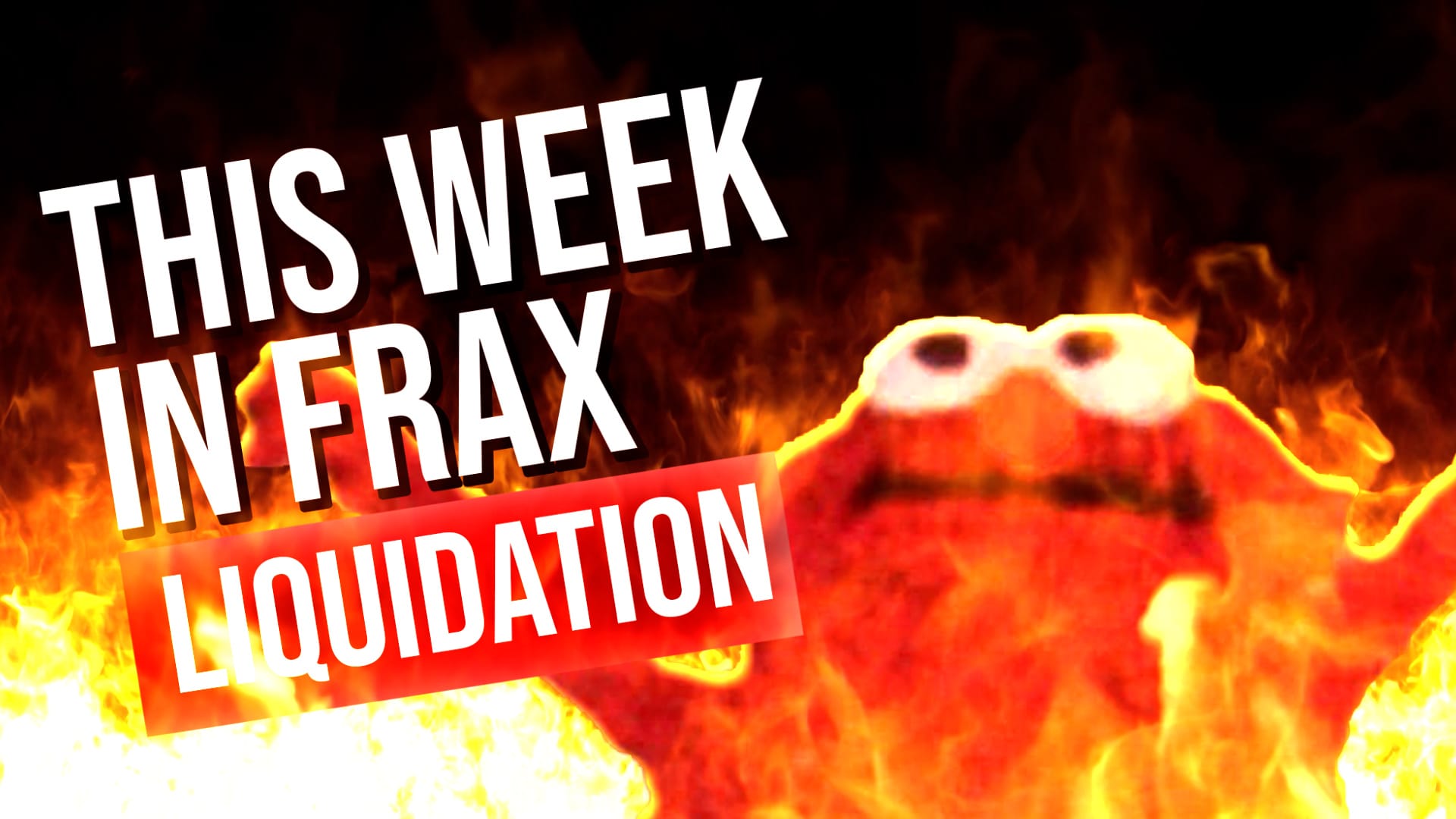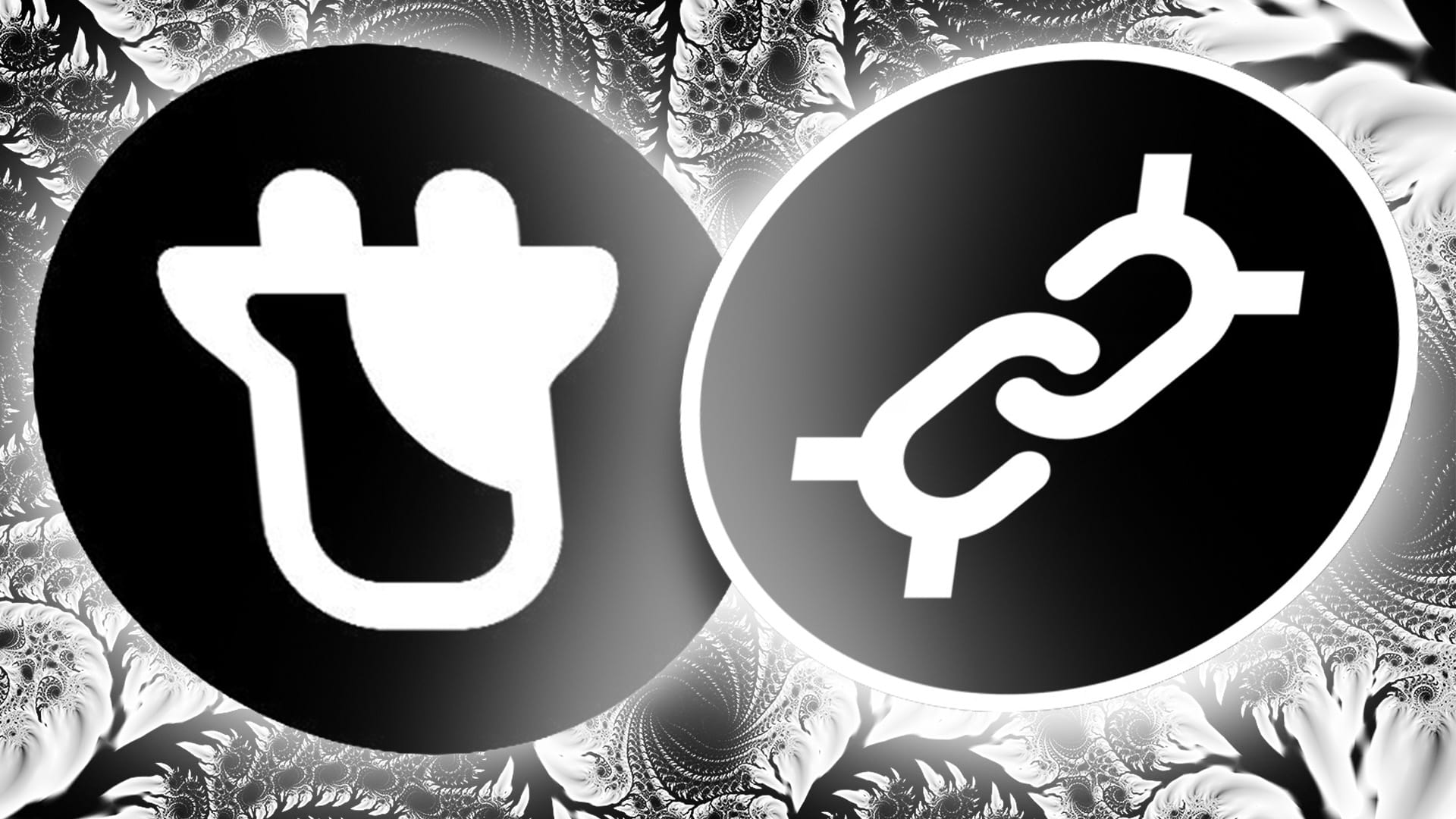“Liquidity Mining Is Dead,” CoinDesk loudly proclaimed at the beginning of 2022, arguably the start of the latest (and most spectacularly enthralling) crypto bear market. The catalyst behind 2020’s DeFi summer that led into the last cycle’s bull run, liquidity mining was a revolutionary incentive system that rewarded users for adopting and migrating to new protocols with their respective governance tokens. Liquidity mining was the inception of the now infamous “wen airdrop?” meta that encapsulated the last four years of the cryptocurrency ecosystem.
Hindsight being 20/20, this incentive system has proven to be unsustainable in the long term. While it did a great job attracting users to new platforms, the majority of funds turned out to be mercenary capital that owed no allegiance to a given protocol, farming rewards and mercilessly dumping tokens before migrating to the next shiny protocol to do it all over again. Liquidity was never really “sticky” leading many protocols to slowly drift away into the obscurity of irrelevance.
The depths of the 2023 bear market forced up and coming protocols to redesign incentive programs from the ground up. Now, with four years of failed experiments a new meta has emerged. Points.
Points are the new narrative driving this cycle’s DeFi Summer 2.0 “2024 Edition.”
Point systems invert liquidity mining incentives. Instead of accruing tokens in real time, you accrue points that will equate to pro rated allotment of an airdrop at a future date in time. The new meta introduces two imperative dynamics that help sustain the longevity of a protocol’s incentive program.
First, it forces users to strategically think long term to benefit from this system, as their allotment is quantified by their activity in the protocol periodically. Mercenary capital that doesn't provide a net positive is dissuaded from participating, while those who actually use and will be core users are captured and rewarded accordingly.
Second, by issuing token rewards in a single disbursement, as opposed to gradually at set intervals, all participants have an even playing field. Early participants are discouraged from dumping their tokens as they are rewarded, progressively lowering the value of expected rewards over time, which dissuades newcomers from also deciding to participate if they don’t have first mover advantage.
Fraxtal Blockspace Incentives
Just like every other decentralized finance primitive the DeFi SEAL Team Six over at Frax Finance has innovated upon, they’re now introducing novel ideas to the points system and applying it to their recently launched Fraxtal L2 Blockchain.
Fraxtal Blockspace Incentives, referred to as “Flox” and represented by the ticker FXTL, will be accumulated by interacting with smart contracts, using on-chain applications, and holding specific tokens (presumably FRAX, veFXS and frxETH) on Fraxtal.
FXTL points are awarded at the end of every seven day period, with distributions happening proportionally to how much each wallet address spends on gas (and which contracts they spend it on, explained in Flox Algorithm below), as well as the smart contracts in which that gas was spent on each epoch. This means that not only are end users directly incentivized for using the chain, but protocols themselves also benefit from deploying applications that drive chain usage, lowering the barriers to entry of achieving net positive protocol profits that will perpetually foster Fraxtal as the most developer friendly L2 ecosystem.
The new Fraxtal documentation over at https://docs.frax.com/fraxtal provides a couple graphical examples to illustrate this dynamic in a more visually digestible fashion.
Disclaimer: the off center graphics are an artistic decision made by the Frax graphic design intern and are therefore in no way a personal deficiency in my ability to take a symmetrical screen shot.
Arguably the most important characteristic of Fraxtal’s Flox system is that its fundamental imperative aims to reward the most active users and popular developers significantly more incentives per gas spent than fee sharing programs that merely return fees captured by validators are able to achieve. This vision of a sustainable and perpetual revenue sharing mechanism perfectly epitomizes the Frax team’s recurring ability to create strong long term economic incentives to usher adoption towards their strategic goals.
The Flox Algorithm Brings PageRank To The Chain
For the financial engineering nerds out there that would like to learn how the Flox mechanism works, we’ll take a look under the hood at the Fraxtal documentation to understand how the algorithm actually functions.
Though before diving straight into the Flox, we must first take a short detour to learn a little bit about Google’s PageRank algorithm. For the uninitiated, PageRank is the algorithm Larry Page and Sergey Brin developed in 1996 when working on a small research project at Stanford University looking into new ways to design search engines.
“PageRank works by counting the number and quality of links to a page to determine a rough estimate of how important the website is. The underlying assumption is that more important websites are likely to receive more links from other websites.”
Replace webpage with smart contract and hyperlinks with transactions and you can intuitively conceptualize where this is going. When taking inspiration it never hurts that Google used this algorithm to create two trillion dollars in value. Frax is poised to repeat Google’s success. I told you it was a short detour, back to Flox now.
The Flox algorithm quantifies the importance and activity level of each participant within the chain and assigns them a new Flox Rank every epoch based on their activity. This means that contracts heavily engaged with are deemed more economically significant and thus assigned a higher rank. Similarly, user addresses are assigned a Flox Rank determined by their interaction with contracts, where the more popular a smart contract is the more it influences their respective rank.
If your first thought was instantly that someone, a friend but definitely not you, could hypothetically deploy a smart contract with arbitrary and useless computation to mimic high on chain activity in order to improve their FXTL rewards, their comparatively low Flox Rank would probably make this an unprofitable endeavor. No mechanism exists to prevent this because uselessly burning gas (frxETH) progressively and perpetually increases the yield on sfrxETH, and economically speaking it’s expected that if enough people did this it would eventually universally arbitrage away any potential profitability.
So theoretically speaking, if a concerted effort of fellow degenerates wanted to create a UselessDAO to literally burn money for shits and giggles and hopefully make friends along the way, there is a hypothetical non-zero chance that it could potentially become a net positive economic endeavor, but only if they actually manage to convince enough people to do the same and cumulatively improve their overall Flox Rank by doing so.
Another feature of the Flox algorithm is that it also accounts for two other ways to boost your proportional rewards. The first method is simply by the amount of veFXS associated with an individual account. This of course is designed to reward the long standing FXS community that has supported the growing Frax ecosystem for almost four years now. The second method is by the Fraxtal team themselves assigning tier-based weights to specific smart contracts and asset balances, which allows them to reward long term and committed partner protocols for joining us in the Fraxtal ecosystem.
Just like all other subprotocols of the FRAX ecosystem, the Flox algorithm is designed in such a way that allows for system logic modifications through on-chain governance in order to dynamically react to the changing needs of a growing ecosystem. Two such use cases teased in the documentation include additional rewards for L3 portal contracts leading to individual appchains, as well as higher rewards for blob data transactions that encourage using Fraxtal as a Data Availability layer.
Fraxtal’s Upcoming Airdrop Details
If you scrolled all the way down just to see what you’ve gotta do to set yourself up for the eventual FXTL point airdrop, you’ve come to the right spot.
There will be a large airdrop of FXTL points to veFXS stakers based on veFXS balance on March 6th, 2024 11:59pm UTC, equally applying to both veFXS locked in the Ethereum mainnet as well as the veFXS contract deployed on Fraxtal. Thereafter on March 13th, the Flox mechanism will go live, marking the start of FXTL points for protocols launched and users that have migrated to start accruing block by block rewards for utilizing the Fraxtal blockchain.
FXTL points will be tokenized no later than twelve months after the Fraxtal mainnet launch. Whether FXTL points will be tokenized as a separate staking token for the chain or converted to veFXS tokens at a specified ratio (or a combination of both) will be decided at a later date.
The Flox point system is a novel method of quantifying on-chain activity to best decide on the optimal way to disburse incentive rewards. The docs mention that the team would like both community feedback on the best way to implement rewards, and actual data of on-chain activity before making any commitments through a veFXS governance vote deciding the eventual outcome.
There you go folks, that’s literally all there is to know about the new and novel FXTL point system, hopefully broken down in an easily digestible way. If you made it this far down without closing the tab, congratulations, you’re now well on your way to take advantage of the Fraxtal incentive rewards system. If you would like to hear more from me you can follow me on Twitter @hollowgrahm where I usually highlight things that pique my interest in the ecosystem.



